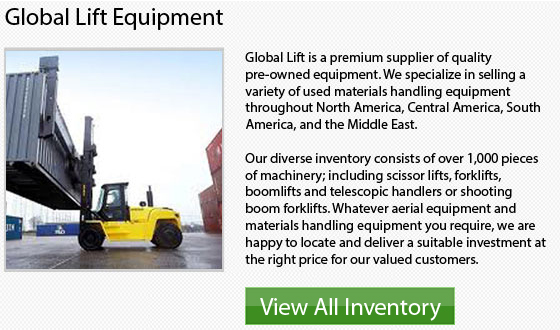
The lift truck is a very important machinery to help employees raise and move heavy weight materials and goods with speed and efficiency without injuring their bodies. The way a company uses this tool could significantly affect its profitability.
Free stacking pallets is the most common storage system. Utilizing this storage method is both economical and easy for your forklift. Free Stacking Pallets involves placing one pallet on top of another to create a stack of goods. This is a stable storage technique and is suggested when dealing with numerous pallets of similar dimensions and height or large amounts of the similar product. The drawback of this system is that it just enables access to the objects put last, so it does not enable a First In First Out system.
Pallet Racking is a system which involves the stable storage of various sized pallets. Any pallet can be accessed at any time, which enables a Last In First Out or First In First Out system. It allows the rack to change shape and grow depending upon every day requirements. This method needs aisles which are wide enough to allow a lift truck to freely access the racks and easily maneuver. The disadvantage is that this particular system means less pallets can be handled within the setting. This may not matter if there is sufficient space available.
Similar to Pallet Racking, the method called Narrow Aisle Racking enables a Last In First Out or First In First Out technique. It differs in that a special narrow lift truck is utilized. This means that smaller spaces are necessary between the aisles of pallets than in the Pallet Racking method. The advantage is that much more goods could be stored in the same area. The downside is that you will have to transition to a new truck if you already own a typical lift truck. The cost of obtaining special machinery may be a deterrent to implementing this system of storage.
Using your forklift to its fullest capability is vital since it pays to consider your storage costs and retrieval costs of pallets. Afterward you can determine whether there are more efficient ways to use your lift truck in order to increase the usable space of your units or to accelerate the process. Greater effectiveness means greater productivity.